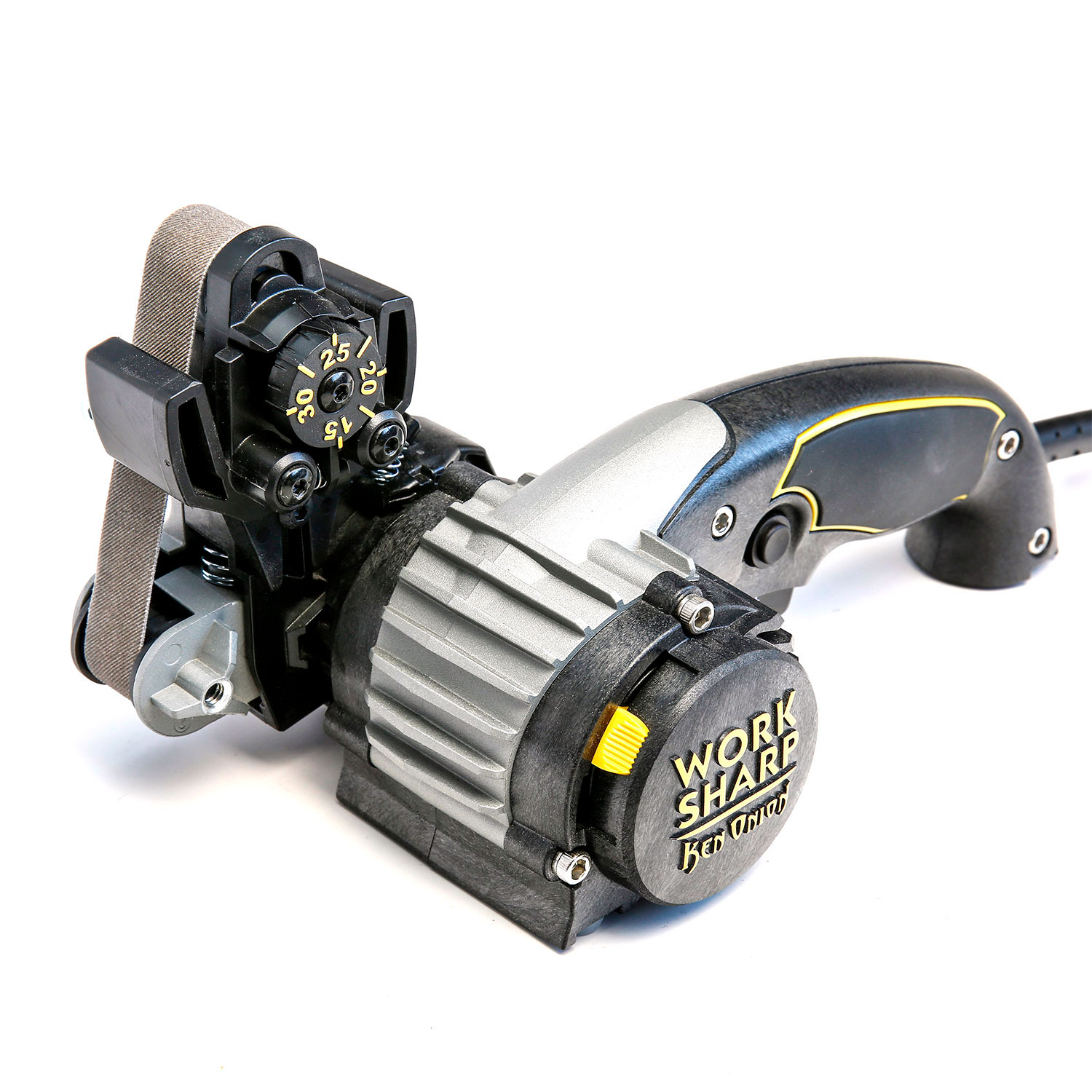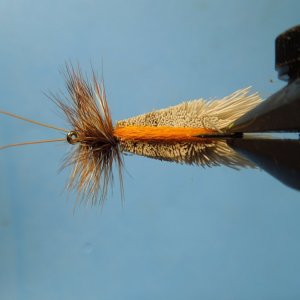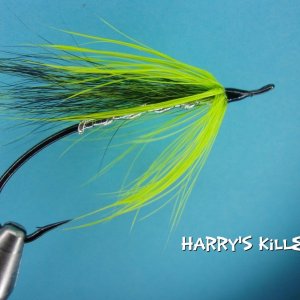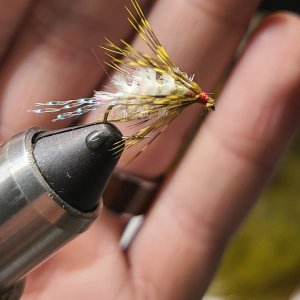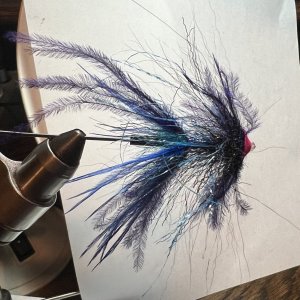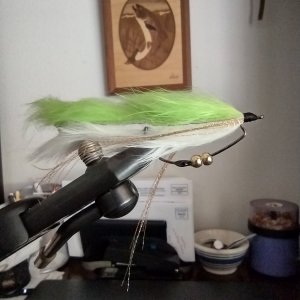I am at a loss. I am so terrible at knife sharpening its not funny. Any experienced person's out there that have good experience? I dont know what I am doing wrong. I am pretty sure this one dummy knife that I have been practicing on is completely screwed up. Will slice paper and then when i try to make it sharper I lose the edge. I have no idea how much pressure I should be putting down when grinding against the stone. Should I be putting tons of pressure down or the lightest touch? How the heck do I know the angle is correct when knife manufacturers use different bevel edges?
Currently I am trying the spiderco rod sharpener and I am not having much luck. I am perplexed that their are men and women out there that can be given a stone and bam. Grrrrr
Currently I am trying the spiderco rod sharpener and I am not having much luck. I am perplexed that their are men and women out there that can be given a stone and bam. Grrrrr

